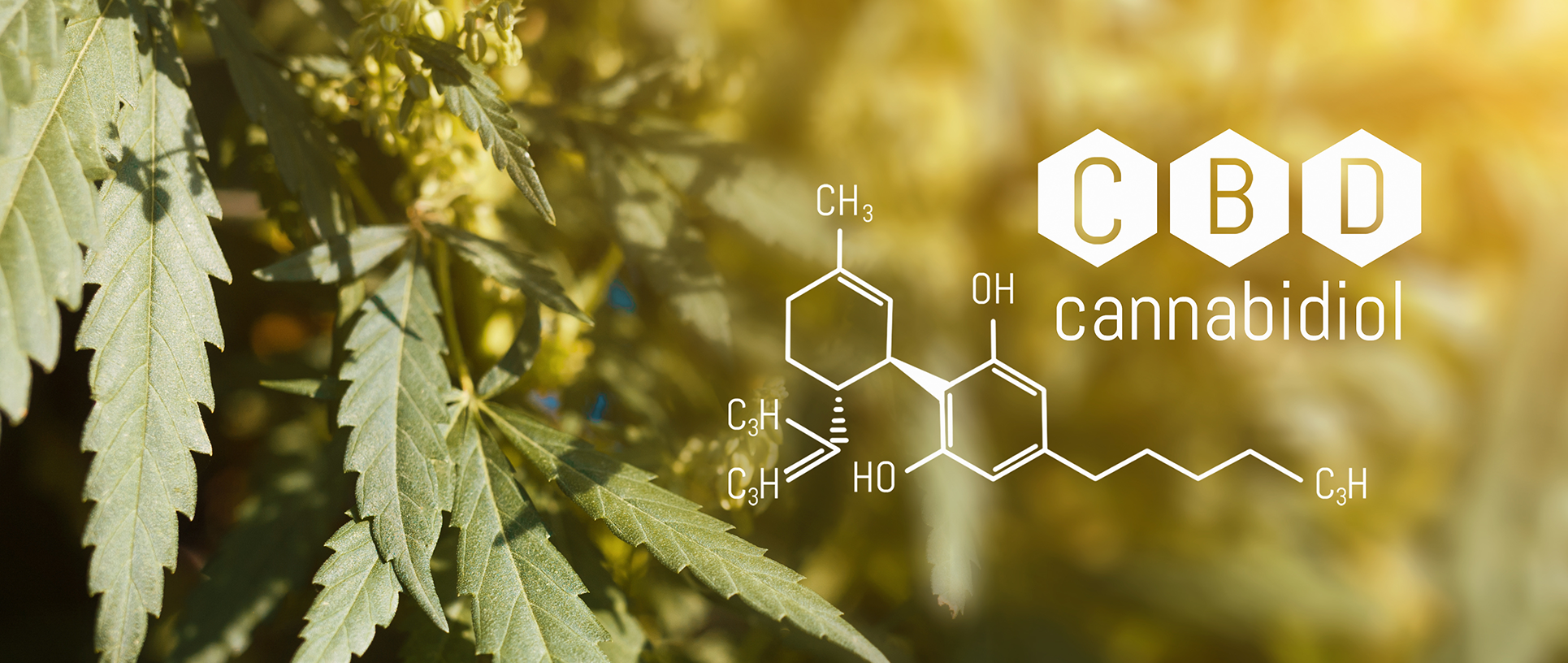- Empty cart.
- Continue Shopping

How does CBD work ?

How does CBD oil work
CBD belongs to a large family of compounds called (cannabidiol) cannabinoids so what is unique about these compounds they are absolutely unique and because they exist outside of the body.This means when consumed we react in a unusually way to the compounds, CBD can influence your own endocannabinoid system, allowing the rest of the body to enhance and increase the capacity to work potentially improving the body eco system .
The endocannabinoid system (ECS)
The ECS or endocannabinoid system exists in all mammals. This includes the cat, household dog, and surprisingly goldfish. In humans, the role of the ECS is a relatively new discovery, which is why research is still ongoing.
This is what we now know the following after manny studies in the 90’s;
The endocannabinoid system functions as a overseer of the body that plays a role in the vital organs, areas of the brain, and the nervous and immune systems. Its primary function is to observe all these systems and ensure they are in perfect working order and if they are not it will see if it can help by signalling the release of specific biological enzymes or compounds.
Think of CBD as the server which helps connect many computers of your endocannabinoid system within your body. The thing to understand is that with out getting involved with the day to day running of your body, but it does make sure your body’s chemical compounds and enzymes are where they need to be, when they need to be there. CBD can, however, lead from the front, and on occasion, will interact with the ECS directly.
There are two types of ECS receptor
For the for the ECS to take action in the correct manner, it needs to have an entry point for cannabinoids like CBD. It does this via two types of receptor (CB1/CB2) that function as access points to the ECS. This however is there to make sure only the right compounds enter the right pathway, receptors have a “lock” of sorts. If the (CB1/CB2) receptors interact with the right compound, the pathway is unlocked and the ECS is signalled to take action.
CBD is like an encrypted key but it doesn’t fit perfectly into CB1 or CB2’s locks, but it effects the body by influencing the receptors in other ways. Without unlocking the pathway directly, it’s as if CBD has its own way of sneaking in the back door, fit with its own unique entry system. CBD is not the only compound that can stimulate CB1 and CB2 receptors, but it is one of the few that doesn’t have any side effects. In a situation where CBD does not directly interact with a receptor, it will still help by engaging other chemicals and enzymes.
CB1 and CB2 are not the only receptors CBD can influence
CBD’s role as a versatile general manager extends far beyond just CB1 and CB2 receptors. It can also influence receptors that are not directly linked to the ECS. These include receptors that trigger the release of serotonin (5-HT). Serotonin is a chemical that supports feelings of happiness and wellbeing.
CBD also interacts with TRP channels. Don’t let the name put you off; their role is simple. TRP channels exist inside cells and act like gauges in a car—they monitor things like temperature and pain. If they detect a temperature that is too low or too high, they send a signal to the cell they are linked to so the body can take action.
Finally, CBD also prompts a reaction from receptors in the liver (PPAR-alpha). This can speed up metabolism inside the liver, and is something scientists are still working hard to understand.
CBD also plays a part in enzyme production and breakdown
Earlier, we mentioned that CBD belongs to a family of compounds called cannabinoids. These exist outside the body; but fortunately for us, human physiology has developed its own type of cannabinoids called endocannabinoids. They are similar to CBD insofar as their molecular structure, but they occur naturally—inside the human body.
One such a compound is called anandamide (AEA). Large concentrations of AEA are usually broken down by the body, but CBD has a unique ability to bind with the enzyme responsible for managing AEA levels. There is still much to learn about the possibilities linked to this reaction, but researchers believe higher concentrations of AEA could play a part in diet, sleep patterns, and pain relief.


